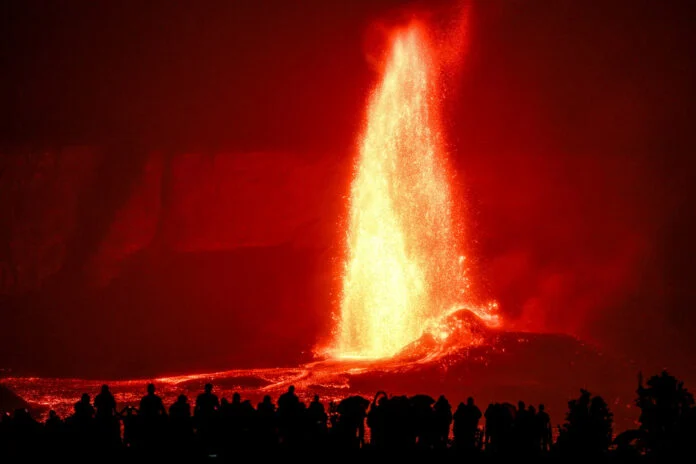Redmond OHanlon, a world-renowned naturalist, explorer, and bestselling author, asked for my help on his quest to discover what happened to his hero, Col. Percy Fawcett, who disappeared in the Amazon jungle while looking for a lost city of immense wealth.
As part of his award-winning series “O’Hanlon’s Heroes,” we travel into the region where Fawcett disappeared and where I was kidnapped and held hostage by a tribe in 1996, while also searching for answers about Fawcett’s disappearance.
The term "Lost City in the Amazon" often alludes to a mythical ancient city located deep within the Amazon rainforest. Its idea has been a part of numerous tales and legends, fueling many exploratory expeditions. Here's a brief overview of the subject:
The Legend of El Dorado:
Origins: The most famous of all legends linked to lost cities in the Amazon is that of "El Dorado," which initially referred to a man (a king or chieftain) who covered himself in gold dust and then dove into a sacred lake. Over time, the legend evolved to represent a city of gold.
European Expeditions: In the 16th and 17th centuries, many European explorers journeyed into the heart of South America in search of this fabled city, driven by tales of vast wealth. These often perilous journeys rarely yielded the treasures they sought, but they did lead to the mapping and exploration of much of the continent.
Ancient Geoglyphs:
In recent years, with the use of satellite imagery and deforestation, hundreds of ancient geoglyphs have been discovered in the Brazilian Amazon. These earthworks, which date back around 2,000 years, suggest sophisticated pre-Columbian cultures that could sustain large populations, challenging previous notions that the Amazon was a "counterfeit paradise" with sparse, primitive inhabitants.
Kuhikugu:
Discovered near Brazil's Xingu River, the remains of this ancient city suggest that the region once supported a population of tens of thousands. This civilization, which existed between 1250 and 1500 AD, had complex infrastructure, including plazas, ceremonial centers, and even a network of ancient roads.
Challenges in the Search:
Dense Rainforest: The thick canopy and dense undergrowth of the Amazon rainforest make it extremely difficult to locate ancient ruins or artifacts.
Environmental Factors: The warm and wet conditions in the Amazon lead to rapid decomposition of materials. Thus, many artifacts or remains, if they existed, could have decayed over time.
Modern Threats: Deforestation, illegal mining, and agriculture are continually altering the Amazon's landscape, possibly destroying undiscovered archaeological evidence.
Modern Interpretation:
The fascination with the lost cities, while often romanticized, highlights the rich history and advanced pre-Columbian civilizations of South America. Today, researchers continue to find evidence that ancient societies thrived in the Amazon, developing complex societies long before European contact.
It's essential to approach legends like El Dorado with skepticism but also respect for the Indigenous cultures and histories from which these stories originate. The search for these lost cities has broadened our understanding of ancient civilizations in the Americas, even if the mythical city of gold remains elusive.






